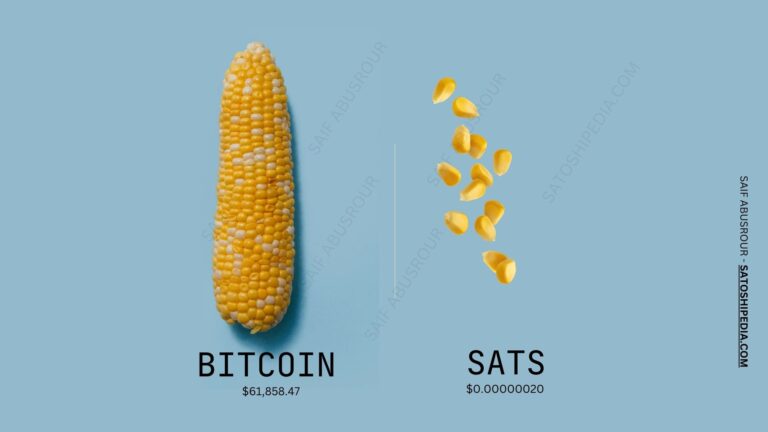In today’s digital age, video content is everywhere. But the big question is: how do creators get paid fairly for their work, and how do viewers get involved? This is where blockchain technology steps in, changing the game for everyone involved. Let’s dive into what this means and why it’s crucial for you to understand this shift, especially if you’re interested in the future of content creation.
The Challenge: Monetization and Engagement
The video content industry is facing major challenges. Creators often struggle to make enough money from their work, and viewers are left feeling disconnected. Traditional platforms like Netflix or YouTube take a large cut of the revenue, sometimes up to 90%! This leaves creators with little to show for their efforts while intermediaries profit from their content. The good news? Blockchain technology offers a way out.
What is Blockchain and Why Does it Matter?
Blockchain is a decentralized digital ledger that records transactions transparently. Imagine a giant notebook where every view, payment, and interaction is written down and cannot be erased. This means everyone can see the truth, ensuring that creators are paid fairly for every view and engagement. Key terms to remember:
- Decentralization: No single entity controls the platform; everyone has a say.
- Transparency: All transactions are visible, which builds trust.
- Immutable Ledger: Once data is recorded, it can’t be altered or deleted.
Watch-to-Earn: A New Era of Engagement
With platforms like Replay, viewers can earn rewards for simply watching content. This is called watch-to-earn. The idea is simple: the more you watch, the more you earn. This gamification of content not only makes viewing more fun but also creates a loyal audience that directly supports their favorite creators.
Empowering Creators
Replay is flipping the script on traditional content monetization. Here’s how:
- Real-Time Payments: Creators get paid immediately for their work, not weeks or months later.
- Crowdfunding: Creators can raise money directly from their audience, allowing them to maintain creative control. For example, a new animated series funded by fan contributions can create a stronger bond between the creator and the audience.
- Data Ownership: Creators have access to their viewership metrics, which helps them understand their audience better and negotiate fair deals with larger distributors.
The Transition from Web2 to Web3
The article talks about Web2.5, which is a bridge between traditional platforms and the new decentralized web (Web3). This allows users to experience the benefits of blockchain technology without having to learn a whole new system. You can still use familiar platforms while enjoying enhanced transparency and ownership.
The Future of Content Creation
Replay’s CEO, Michael Jelen, believes that in the next five years, blockchain will decentralize content distribution entirely. Creators will connect directly with their audience, and viewers will have a say in what gets made. This creates a more equitable system where everyone benefits.
Why You Should Care
Understanding these changes is vital for a few reasons:
- Opportunities: If you’re interested in content creation or streaming, knowing how blockchain works can open up new avenues for monetization.
- Engagement: As a viewer, being part of a platform that rewards your time and engagement is exciting. You become part of a community, not just a passive consumer.
- Future Trends: The media landscape is evolving. By grasping these concepts now, you’ll be ahead of the curve as the industry shifts toward more decentralized models.
Conclusion
The integration of blockchain in video monetization and engagement is not just a trend; it’s a revolution. By empowering creators and rewarding viewers, platforms like Replay are paving the way for a more democratic content ecosystem. This shift is crucial for anyone looking to navigate the future of media, whether you’re a creator, viewer, or investor. Understanding these dynamics will not only enhance your knowledge but could also lead to exciting opportunities in this emerging field.



